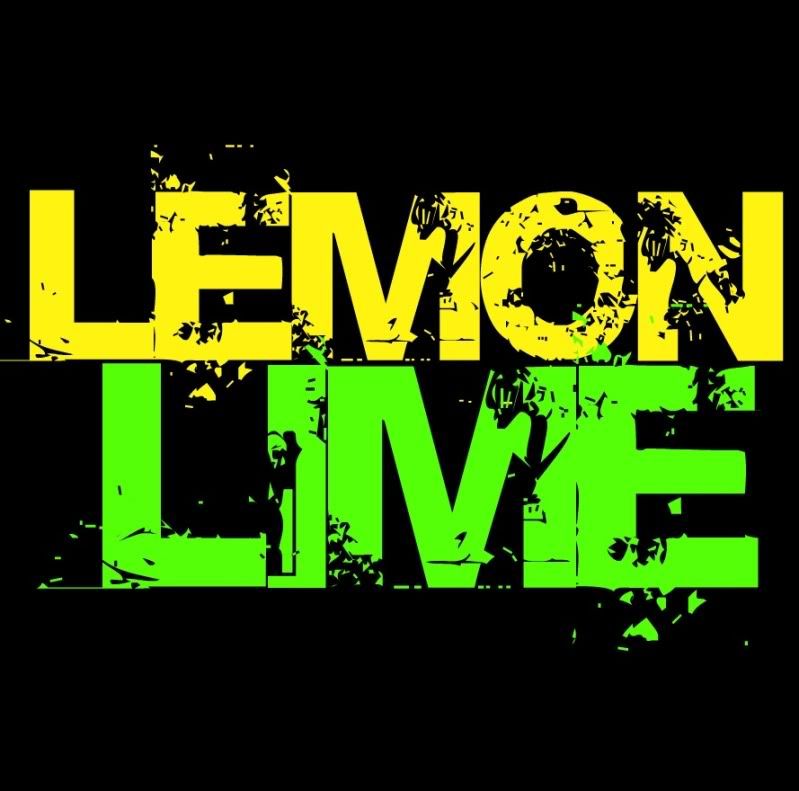Post by «ß£åçk ^4^» on Feb 20, 2011 0:44:58 GMT -5
I took the liberty of moving this topic here and renaming it instead of trying to write something that even comes close to covering everything you do here. I will post a followup under here for some quick changes from the config guide.
-lemonlime
-lemonlime
I've created this post in the hope to help people who don't know about gaming lag and are looking for ways to reduce it or, at the very least, understand what it is and what may cause it.
To start, 'Lag' refers to the delay between what people input or see, to what actually happens according to a server. Know that lag is unavoidable and will happen to some degree. Preferably, we want lag to happen on such a small scale that we are unable to notice it. To improve performance and to reduce lag, you should understand the effects of the client(player) settings and connection speed and the server's settings and connection speed.
Note: I'm using Jedi Academy's Networking Config as a template so these principles aren't exactly universal.
---The Client's Settings---
The most easy to understand and yet most overlooked aspect, the client's settings determine the visual 'complexity' of the game. A majority of the commands you can change will only affect the FPS (frames per second) aspect of lag. This FPS lag is related to internet lag, but they are not necessarily dependent on each other (you can have one and not the other). On servers, it may be difficult to notice the difference between the two 'types' of lag so the best option is to ensure that you do not have FPS lag before you try to play online with other people.
If your playing by yourself ingame on your own server and notice delay, this is FPS lag. The most common causes are game effects such as shadows or saber glow. Other times it's the rendering of the game such as how map lights and textures are 'viewed'. All of these settings come together and ultimately affect your computer performance. Likewise, your computer's capabilities either improve or hinder your gaming experience. Jedi Academy is a versatile game in this aspect however, and can be altered visually to work with even very low-end hardware. To point out a specific case, r_Dynamicglow had a dramatic effect on my FPS. To fix it, I simply set r_Dynamicglow to 0. At the bottom is a link to a Config guide that lists commands and their function in Jedi Academy.
---Client Connection Speed---
This is pretty basic. How fast and how much you can send via the internet. There are fewer commands to work with, but they too are limited by your internet equipment. If you have a slow computer or bad means of connection, this will effect how fast you can send information. Some commands are listed in the Config guide link at the bottom.
Note: Your location and the server's location does have a large effect on your ping, or network latency. Ping is read according to milliseconds. EX: a Ping of 100 means you have 0.1 second of latency.
---Server Settings---
This is mostly out of your control, but it doesn't hurt to know about. The two biggest concerns of a server are the host's internet speed and the number of clients on a server. Ingame effects, models, and maps do not affect server performance.
The connection speed of the server really determines it's capabilities. After receiving information, a server sends information via information 'packets'. A server's ability to receive, interpret, write, and return these packets are what determines the efficiency of the server and the smoothness of client gameplay. Interpreting and writing the packets is coded into the Jedi Academy game so the only aspects that hosts can control are how fast they can receive packets and how fast they can send them.
Config Guide: www.chopshopservers.com/education/mjzs_config_guide.html
Hopefully this helped a bit. I'm likely to add more to this post when I get more time and I'll try to be more thorough for those who really want to know. If you have any questions, please post them and I'll do my best to answer them.

